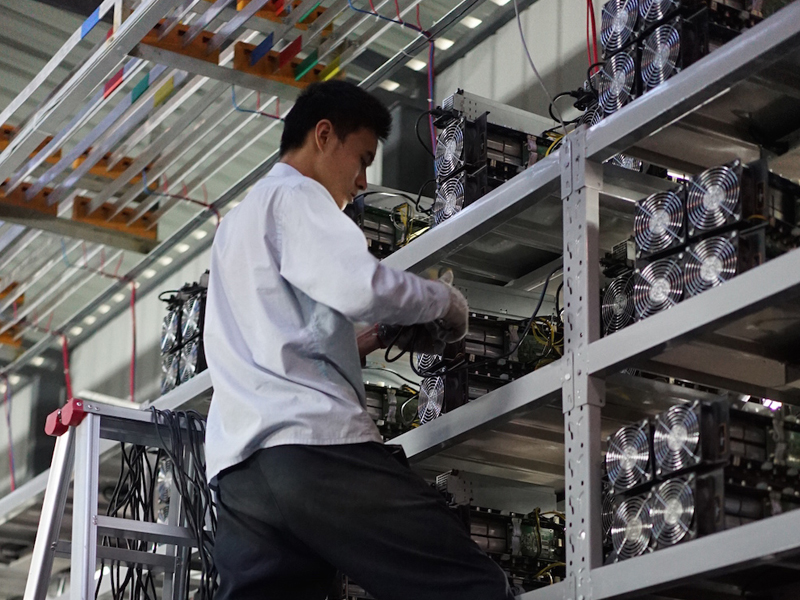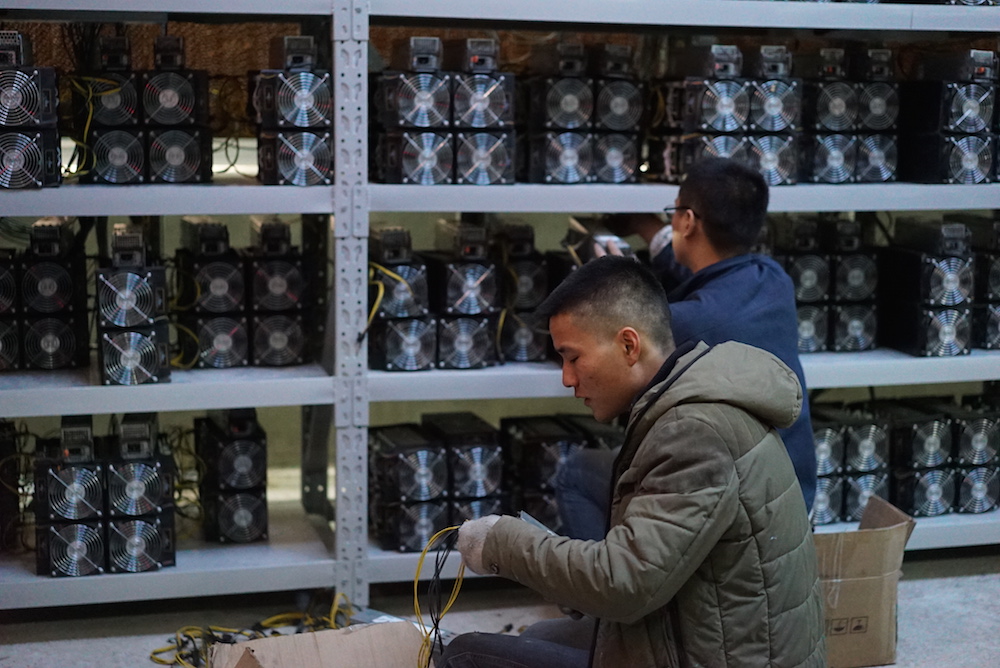
Bitcoin mining in China has become more open to the media lately. A mining operation in Tibet has shared with the public how Bitcoin data facilities in their area maintain fruitful businesses.
Tibet Mining Facilities Use Hydroelectric Power to Offset Costs
Chinese mining companies account for 70 percent of the Bitcoin network’s hash power. Detailing the inner workings of these operations, Washington Post reporter Simon Denyer recently visited some Tibetan mining facilities.
One of the operations Denyer visited was the Bitcoin Mining Group Ltd., owned by Ryan Xu. The firm works to cut costs by finding the cheapest electricity possible. Xu, an avid Bitcoin enthusiast, has searched the world for the best places to run a bitcoin mine.
Xu has investigated areas like Iceland, Washington state, and Georgia. However, the most lucrative region in the world for his microprocessor-filled warehouses has been the mountains of Sichuan.
His new mine, near the city of Kangding, is under construction. The facility will use hydroelectric power to fuel its mining hardware. Due to the slow economy, hydroelectric plants have had a hard time selling their electricity to the national grid, providing Xu with an opportunity to use the power source for cheap.
Other Chinese bitcoin mines have taken advantage of hydroelectric power as well.
HaoBTC: 50K Per Day Revenue
HaoBTC also operates a hydroelectric mining facility in Kanding. Eric Mu, the Chief Marketing Officer of HaoBTC, said several miners have been purchasing the cheap electricity. “It took a lot of money to build the plants, but it doesn’t cost that much to maintain them,” Mu explained to the Washington Post. “So it makes sense for them to sell the power to anyone willing to buy, even at a low rate.”

Hiring people to maintain the mines has also proved inexpensive for mining facility owners. Mu explained that maintenance staff is significantly cheaper in the Tibet relative to other areas. HaoBTC has around ten employees, and the entire earns gets around 6,000 yuan ($900 USD) per month. The monthly salary is considered decent within that region of the world, Mu told the Washington Post.
Compare that with the revenue one HaoBTC facility earns in a day: 80 BTC — roughly $48,000 USD at press time market prices.
Kangding Mines Have Minimum Carbon Emissions and Little Regulation
HaoBTC has documented its mining operations on film in two YouTube videos called “HaoBTC Kangding mine walkthrough.” The videos show footage of the hydroelectric operations in the mountainous region of the western Sichuan province. Both facilities combined add a 43PH hash rate to the Bitcoin mining network.
Last year, Mu also posted a detailed description of the Kanding facility on Bitcointalk.org. The HaoBTC CMO explained that not only is it cheaper to use the region’s hydroelectric plants, but that hydroelectricity also leaves less of a carbon footprint.
Additionally, China has very lax laws towards these data facilities, allowing them to operate with little regulation. HaoBTC is a registered Chinese corporation and complies with the region’s policies.
Mu also noted that HaoBTC maintains transparent mining operations, keeping their facilities open for visitors.

Big Believers in Bitcoin
The Sichuan region has proven itself as a good place for bitcoin mining operations. Besides the economic draws of the area, Mu expressed his love for the atmosphere. While he he only spends a few weeks of the year in the remote Tibetan village, he said that it’s a breath of fresh air compared to the city of Beijing.
HaoBTC, unabashedly chasing bitcoin profits, seems to be in the mining business for more reasons than money. When asked on BitcoinTalk if the company kept the bitcoin they mine, Mu replied, “We are believers, so we keep as much as we can. That said, the hydropower station [doesn’t] accept Bitcoin, so we have to sell a portion to pay our bills.”
Believer or not, it’s apparent that Tibet is the new place to be for bitcoin mining.
